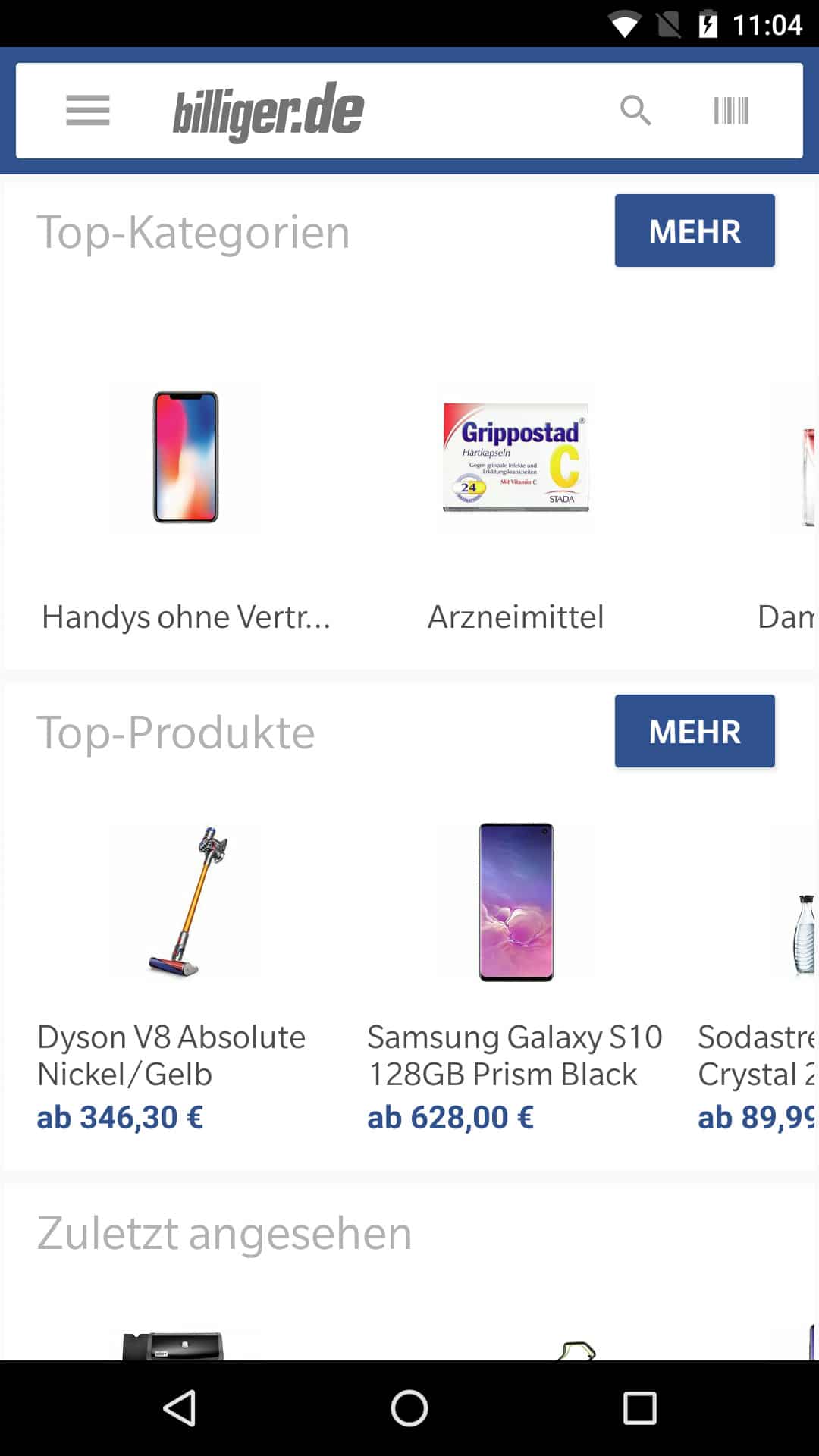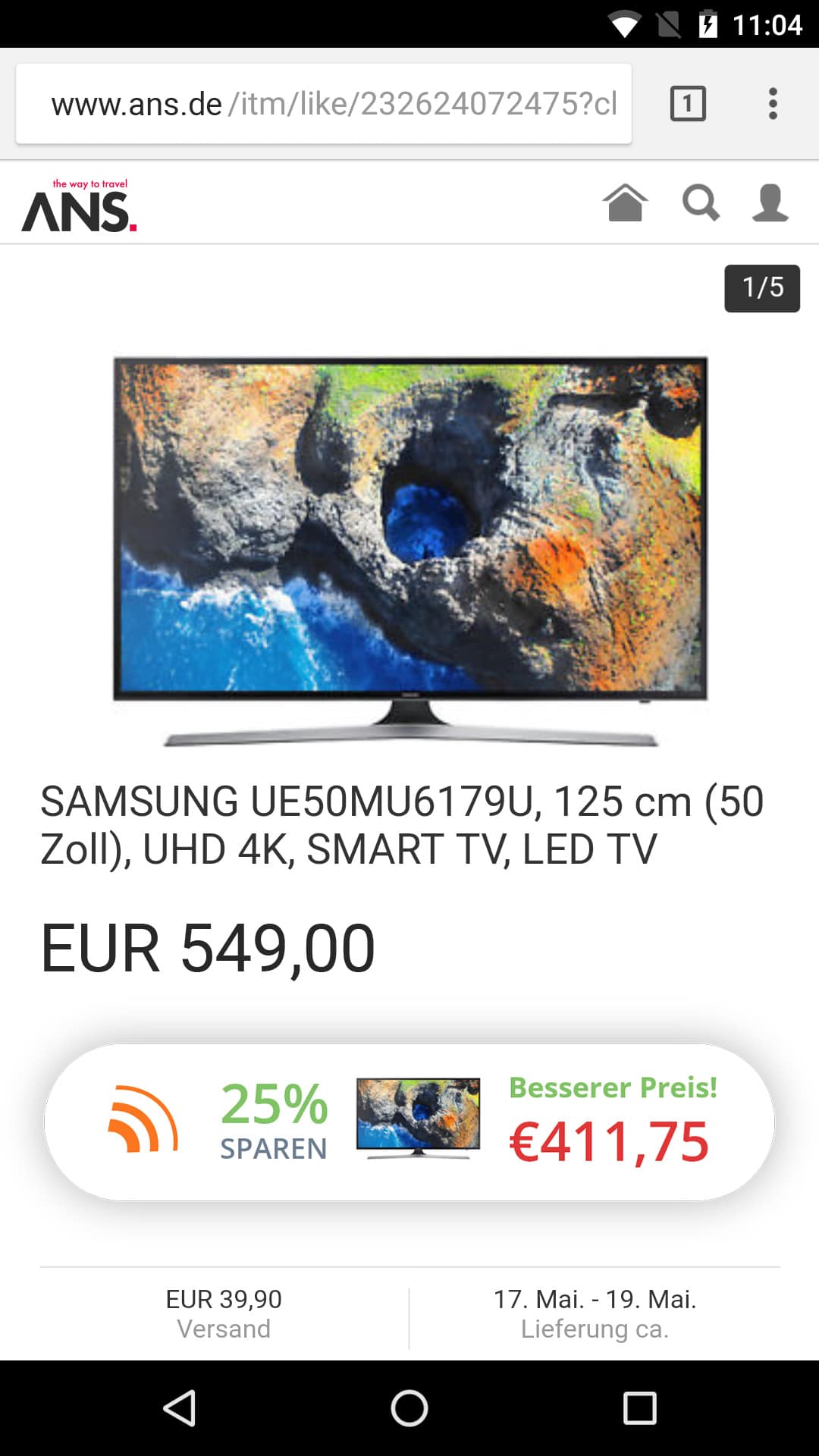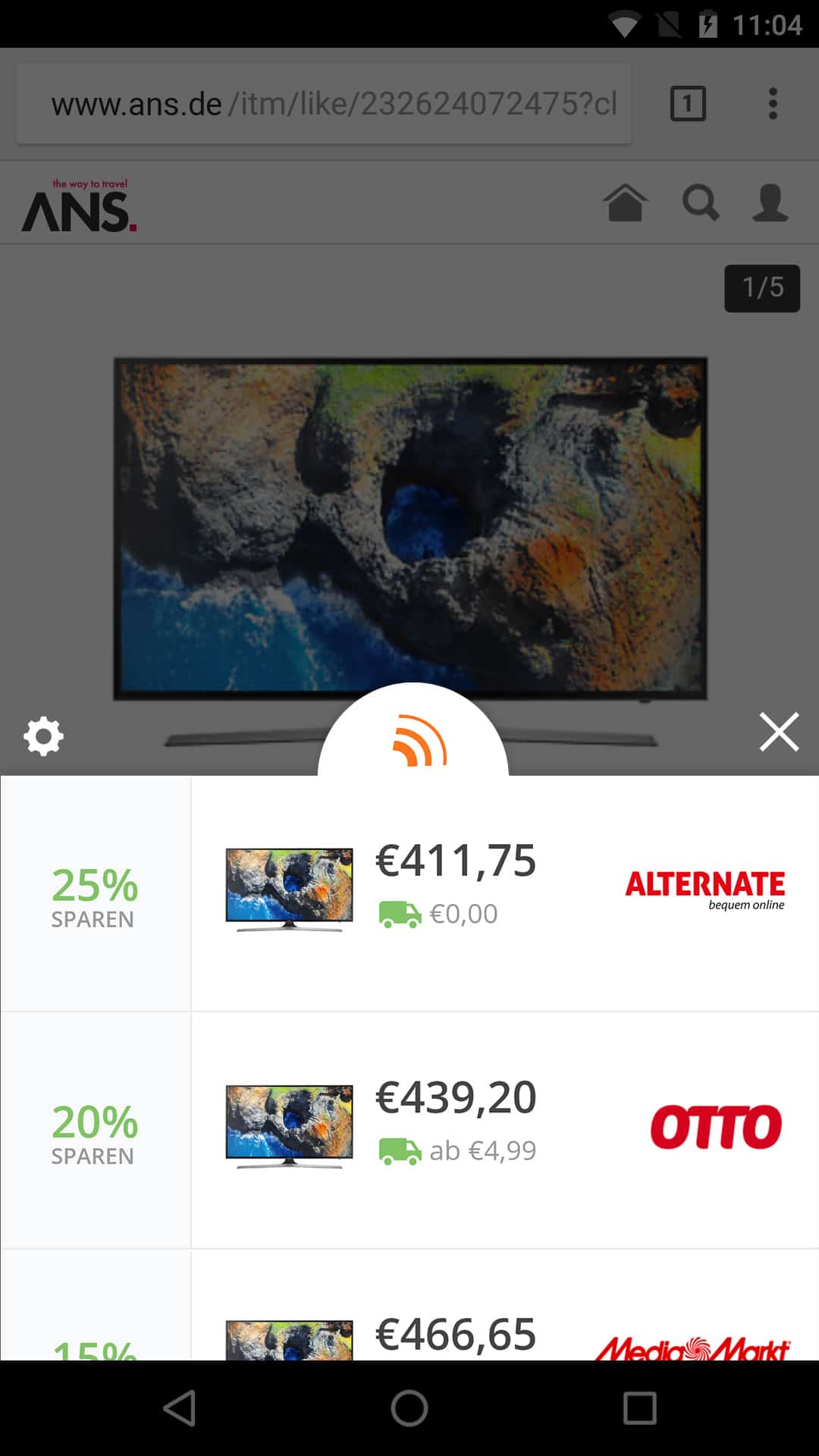

Arne Jans
Software Developer, solute
Vivien: Hi Arne, great to talk with you today. Let’s get started by learning more about you and billiger.de.
Arne: Hi Vivien. I’ve been doing software development for more than 10 years, and API design for the last 5 years. I am currently responsible for mobile development for billiger.de, the most widely used and award-winning price comparison portal in Germany. We’re especially proud of our data security, which was just recently awarded too.
The company behind billiger.de is solute GmbH, which is based in Karlsruhe. They also have a few other brands: shopping.de, an online shopping platform for men and women, and friends communication, an online marketing agency. At billiger.de we’re about 150 employees.
Some of our stats:
300,000+
active daily users on billiger.de
500,000+
app downloads
70 Million
prices in the database
22,500 Shops
comparing 1M products
So clearly, the database and its performance on the server side is very important. Companies update their prices all the time, and on top there are all kinds of vouchers that can be applied. All of these are changing frequently – and you never know who updates their prices when. So, you can see the challenges – from a technical standpoint but also for consumers. It is hard to get the best price.
V: Tell me more about the billiger.de app – why did you decide to go for a native app?
A: Well, to be honest there was an existing native app when I came into the company. But aside from that, it’s essential for UX. We also need some offline capability for features like the notepad function or when users are in the store without an Internet connection and scan barcodes. Once they are online again, the query goes to the cloud – and the user gets his result.
V: So are most of your users on the app? Or rather web?
A: We definitely still have more web users, but user numbers are shifting to mobile more and more. Also, our web users are often one time users only. Our loyalty rate is much higher with app users, so we are trying to increase app installs. We’re seeing that – even on the web – the majority of users are coming from mobile devices. Therefore, we relaunched the website a couple of years ago to be responsive and mobile optimized. So we are focusing more and more on mobile, on both the website and through the app.
V: Why did you need to implement a local database? How is it implemented in your solution?
A: We need data persistence mainly for certain features. We’re still using SQLite, but it’s too much boilerplate code and too little fun. We have been using an ORM on top of SQLite until recently, but it didn’t work well in combination with Proguard on some Android versions anymore. So it resulted in lost data. We’re currently using ObjectBox in the billiger.de Pro version and in a fun new project called PricePretzel, which gives users the best price actively and tracks savings. In these projects, ObjectBox has proven its worth, so we want to migrate the billiger.de app too.
V: Yes, SQLite with an ORM can get very messy. So, why did you choose ObjectBox as the alternative?
A: I looked at several SQLite alternatives and ObjectBox looked interesting. The main decision factors were: ease of integration, stability, and performance. But ease of use and integration were really the most important factors. Stability and enough performance were rather basic necessities. We found ObjectBox really easy to use – we did the migration and everything and because ObjectBox handles that automatically, it was really simple.
We found ObjectBox really easy to use – we did the migration and everything and because ObjectBox handles that automatically, it was really simple.



V: So did performance matter to you at all?
A: For our needs, performance was secondary. Obviously the performance needs to be good enough, but we do not have super high requirements regarding performance.
V: Do you do any sort of synchronization?
A: Synchronization obviously is a super interesting feature and we are keeping an eye on it once it is publicly released. From the setup we have, we would need to do it with a connector to our existing database. Currently the web data and app data are separated and we are working on integrating them. So, this needs synchronization.
V: Which other tools do you use in your solution/are you excited about?
A: Retrofit from Square, a networking library, we recommend it to everyone and it works super well with ObjectBox. Both libraries work well together with our business objects. Retrofit fetches the fresh data from our servers and deserializes it into our business objects, which are then persisted with ObjectBox without any additional boilerplate code.
V: billiger.de has over 500.000 downloads and about 4 stars on average – how many daily users does the billiger.de app have? Do you have peak times?
A: Obviously holidays like Christmas and Easter are busier. During the day, early evenings get the most traffic – about 1000-2000 daily active users in the billiger.de app, 200 in our Pro-app, and iOS is similar. As I shared before, we get about 300k daily users on the website.
V: Thanks for sharing, and for talking with me today. Any last words?
A: Thank you for having me! I am looking forward to do more with ObjectBox and am very excited about what comes next!
